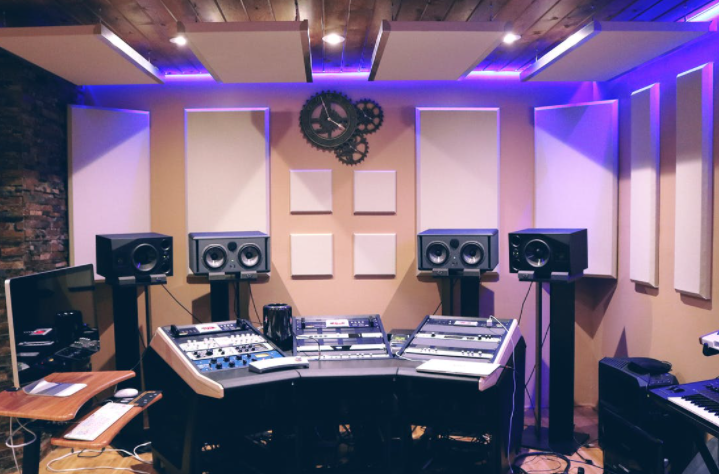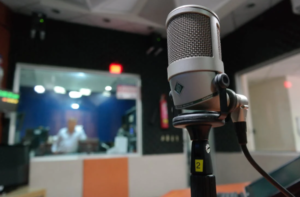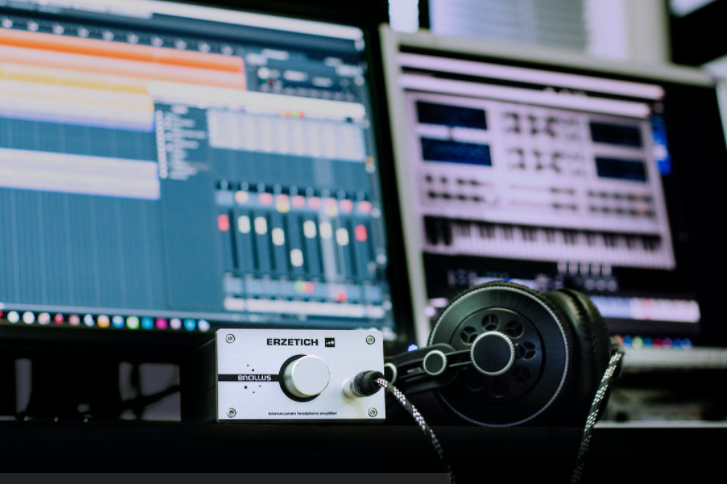Main Points to Consider When Building Your Home Recording StudioMain Points to Consider When Building Your Home Recording Studio
This guide will show you how to set up your home recording studio. This article will help you make the right decision to set up a home studio and install the correct things you need for your studio. It is important to remember that your studio should be easy to record in and also impress your clients. You can save valuable time when setting up a recording studio. Here are four things to keep in mind.

When setting up a home recording studio, the first thing to consider is how big you want it to be. A studio that is too small can be as bad as no studio at all. A minimum of 6 by 7 feet is recommended. This includes a minimum ceiling height of 305 inches. It is important to consider the shape of your room. A rectangular room is better than a square one. These minimum dimensions help reduce the amount of light coming through the ceilings and walls and allow your talent to move freely.
Your Room Size
Next, consider the interior design and features of your room. If you only have a suspended ceiling to set up your studio, there are two options. First, you can try removing the tiles from the ceiling. This will allow you to create the extra height you need to mount lighting equipment or trusses. Alternatively, you can use butterfly clips to attach the lighting equipment to the ceiling joists or tees. There is a disadvantage to this option. The disadvantage of this option is that the butterfly clips can bend the joists, damaging the ceiling panels.
Over time, this can lead to discoloration of the ceiling. Although suspended ceilings can be a problem because of their height, they have many advantages. Suspended ceilings make it easy to hide or install electrical wiring. It is ideal for hanging light curtains or backdrops. It can also be used to install LED lighting panels in the style of a recording studio. Once you have found the location of the ceiling brackets, you can use them to mount light trusses for your studio lighting fixtures.
Electrical Wiring
It is essential that the electrical wiring in your space is correct. Otherwise, it can make or break the success of your studio. A recording studio without power will limit the number of lights you can use. How can you make sure you have enough power? Check the electrical panel to see how many circuits are in your space and how many amps each circuit has. You may need to hire a professional electrician if you plan to hang lights from the ceiling. You don’t want ugly wires hanging from the ceiling.
Sound Management and Filter
 Before setting up a recording studio in your home, you need to think about the sound that will filter into the room. This includes both outside and inside noise. Avoid placing your studio directly across the street from a train station, bus stop, or rail line. If you don’t have that option and your only option is a room close to those noises, you need to build a soundproof wall inside your studio. This is the only way to block out unwanted noise from outside.
Before setting up a recording studio in your home, you need to think about the sound that will filter into the room. This includes both outside and inside noise. Avoid placing your studio directly across the street from a train station, bus stop, or rail line. If you don’t have that option and your only option is a room close to those noises, you need to build a soundproof wall inside your studio. This is the only way to block out unwanted noise from outside.
The interior almost always causes noise in a studio. Heating, ventilation, air conditioning, and HVAC are the main sources of noise. This can cause a low hum in your audio material and is difficult to eliminate when editing.…
